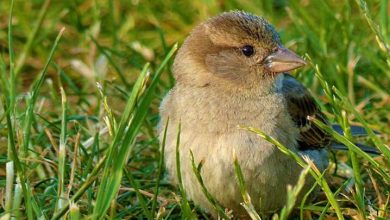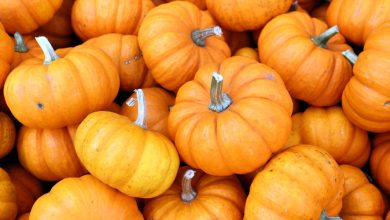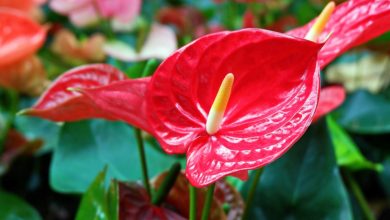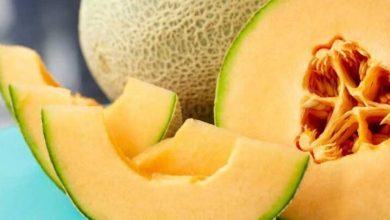Why Are My Cucumber Leaves Turning Yellow And Dying?
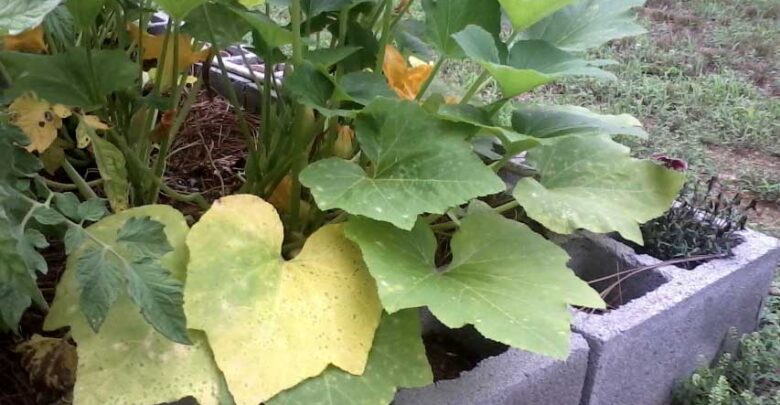
If cool had some flavor, it’d perhaps taste just like Cucumis sativus (cucumbers). The plants produce a profuse crop of delicious fruit through most of the summer season on sprawling compact or vines, the bushy plants with flat and large leaves.
My Cucumber Leaves Turning Yellow:
You can pick your first cucumbers just fifty-five to seventy-five days after planting the seeds. This fruit is subject to several issues, a few of which reason cucumber leaves to really turn yellow, and when the situation is difficult enough, your plant might die.
What’s Really Happening?
The loss of your leaves’ green coloration, reasoned by a lack of chlorophyll, is recognized as chlorosis. As chlorophyll is necessary to convert the sunlight into the chemical energy, its decrease threatens the health of the cucumber plant. But to learn exactly what is reasoning it, you have to take a closer glance.
Why Do My Cucumber Leaves Turn Yellow?
The first problem we have to clear out is why it really happens. I am gonna concentrate on cucumbers, particularly for this post. Cucumber leaves can really turn yellow for different reasons.
A few of them are light, water levels, disease, pests, or iron, potassium, or nitrogen deficiency. Once you are capable of determining what’s reasoning the cucumber leaves to really turn yellow, you can comprehend what you should do about it.
The Smaller Pests:
There’s a profusion of little pests that might be sucking the sap from your cucumber plants’ leaves.
A few common pests are white flies, aphids, and spider mites. All of such pests can reason your leaves on the plants to turn yellow and begin to curl up.
- The spider mites reason stippling on your leaves as they suck on your leaves. You can locate them on your leaves’ undersides.
- Aphids are oval-shaped and small insects that are really yellow to green. They just like to settle on the undersides of the leaves, leaving behind muggy substances that just look like the black mold.
- White flies are white-winged and tiny insects on the plants. They go around on your leaves’ undersides and will fly up if you disturb your leaves.
Fortunately, there’re methods to really treat and stop such annoyances. A lot of gardeners prefer to make use of the prepared insecticidal soap, permitting the treatments either each week or every other week.
Relying on the severity of such an infestation, you might need to get rid of the leaves from your plants’ bottom. Cucumbers can really handle the small invasion, but a huge scale one will rapidly kill the plant. Treatment is quickly required for saving it from an early death.
Potato Leafhopper:
These little insects feed on the cucumber plants by really sucking the sap from its leaves. As they feed, they infuse the toxin that reasons your leaves to turn yellow. The damaged leaves might drop off your plant.
The UC Statewide IPM Program suggests utilizing the cultural controls rather than using insecticides.
Control your weeds in the region and make use of the row covers over your plant for excluding these insects.
Plant Diseases:
Diseases frequently blotch cucumbers with the yellow streaks and/or spots.
Fusarium Wilt:
It turns the older leaves of cucumber plant yellow from the rims inward as its runners gradually die. It is spread by the cucumber beetle larvae that are feeding on the roots.
Get rid of the plant debris and infected plants. For limiting the future outbreaks, protect the plants with frivolous row covers. Their permeable fabric can really keep the beetles away but allows moisture, light, and air in.
Downy Mold:
The leaves infected with this mold develop grayish mold underneath and many yellow spots on the upper surfaces. The cool conditions and splattering water can encourage such a disease. The organic control measures comprise:
- Watering them from beneath your leaves remain dry.
- Trellising the plants for improving airflow.
- Spraying the infected plants for running off with a mixture of one teaspoon each of baking soda and horticultural oil in one quart of water. Be certain to hit the backs of your leaves.
Cucumber Mosaic Virus:
The Cucumber Mosaic Virus reasons downward-curling and wrinkled leaves mottled with the yellow spots. The affected plants produce a lot of runners, cukes, or flowers hardly ever.
Because aphids spread such a virus as they feed, it is not strange for a complete cuke patch to get infected. The solitary treatment is to get rid of the plant and replace it.
Anthracnose Leaf Spot:
Such an infection can start with the water-soaked leaf areas that first turn the leaves yellow and then turn brown. It can spread in wet and warm conditions. Get rid of and destroy the affected cukes. For preventing the outbreaks, prune excessive leaves, allow a lot of space between the plants, and weed regularly.
For preventing and managing the disease, there’re numerous options:
- Improve airflow around your cucumber plants and keep the leaves dry by utilizing drip irrigation and broad row spacing.
- Planting different cucumber varieties that have a high resistance level.
- Systemic and contact fungicides are accessible that are helpful against the downy mildew when applied early in the progression of the disease.
- Get rid of the infected plants right away for preventing spread.
Nutrition-Related Yellowing:
In the best situations, the roots of the cucumber plant absorb more than a dozen minerals from our soil. When a few are lacking, chlorosis results:
- Iron Deficiency: The new leaves are solid yellow with the small green veins while the older leaves stay green. Do the soil pH test and adjust it suitably for getting the pH below seven.
- Nitrogen Deficiency: The older leaves can turn yellow on the tips and along the center veins while the new leaves remain green. Increase nitrogen by simply working a two-inch layer of the organic compost into your soil.
- Zinc Deficiency: The leaves can turn yellow between its veins. Spray the affected leaves with the organic kelp.
- Potassium Deficiency: The leaves can turn yellow at their tips and edges. Burying citrus rinds around your affected plants can increase potassium.
Water Levels:
It’s probably the simplest issue to get rid of. Simply water less or more. If you are seized up at this point, go through the guides like these for assisting you in determining how much water the plants require.
You can also utilize the handy gadgets to help you in measuring the damp in the soil and stop you from over or under watering the plants. Getting it wrong can reason the leaves to turn yellow without any other damaging factors being there.
Light:
The cucumber plants like sunlight! If the plants are not in the sun that long, no amount of nutrients or water will assist it in growing. The cucumbers require at least six hours of sun every day, but a few may enjoy eight hours better. Whether you are growing the cucumbers under the artificial light of using the good old sun, you have to make certain that they’re getting adequate of it.
Conclusion:
The first and foremost thing that you have to carry out is to determine what’s really causing the cucumber plants to turn yellow. It needs a detailed inspection of the plants.
Go through the plants and check all of the affected ones. Keep in mind to turn your cucumber plants’ leaves over and glance at the bottom. The leaves’ undersides are where a lot of pests like to hide from view as they destroy the plants.

